What are Biennial Plants: A Guide to Biennial Flowers and Their Life Cycle
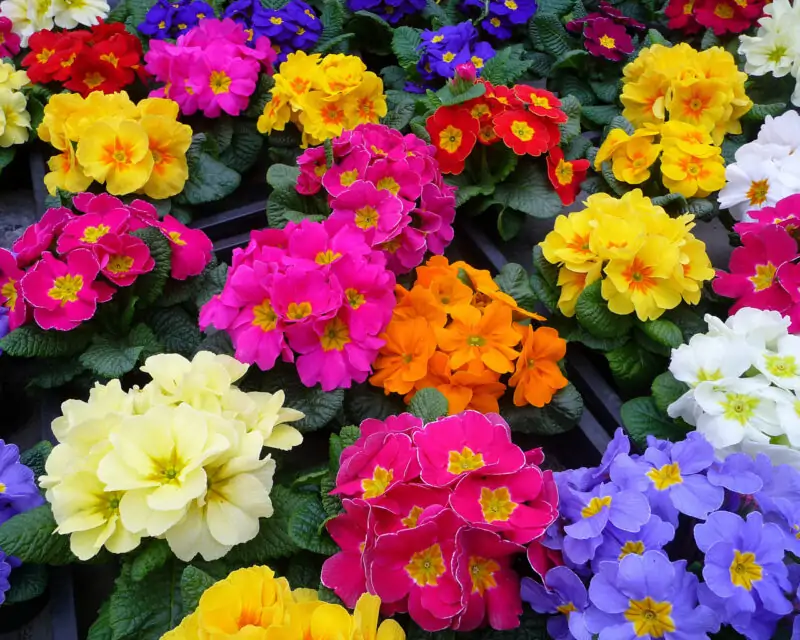
You’re about to step into the green and vibrant world of biennial plants. We’re unpacking the mystery behind this term: “What are biennial plants?” By the time you’re done reading this article, you’ll not only know the answer, but you’ll also be able to spot a biennial plant from a mile away. You’ll understand their characteristics, their lifecycle, and you might even develop a new appreciation for these plants that take their sweet, sweet time to bloom.
Defining Biennial Plants
Let’s get our hands dirty and dig into what makes a plant biennial. Picture this: a tiny seed sprouts in the spring and spends the whole growing season developing a hearty rosette of leaves and a sturdy root system. As the climate cools, this little plant slows its growth and hunkers down for the winter, lying low to the ground to withstand the chill. When the temperate months roll back around, it’s showtime! Our plant bolts upwards, producing flowers and setting seeds. Once it’s fulfilled its seed-production duty, the plant completes its life cycle and fades away. This two-year life cycle is what defines a biennial plant. Interesting, isn’t it?
Importance of Understanding Plant Lifecycles
Why should we care about these plant lifecycles, you ask? Well, knowing whether your garden center find is an annual, biennial, or perennial can significantly impact your garden’s dynamics. Understanding the life cycles helps in planning the garden layout, knowing when to expect blooms, and how to care for your plants. It’s a bit like knowing your friend’s preferences knowing your plant’s lifecycle means you can provide the best care possible. So yes, it is important to know if your plant is an annual or a perennial, or maybe, it’s a true biennial!
What Does Biennial Mean?
Biennial is a term we throw around a lot in this article. It originates from the Latin words ‘bi’ meaning ‘two’, and ‘annus’ meaning ‘year’. So, a biennial plant is one that takes two years to complete its life cycle. The first year is generally about growth: think foliage and a good root system. The second season is about reproduction: flowering and seed setting is the name of the game. At the end of this two-year party, the plant has usually sown enough new plants to keep its lineage going. It’s like a two-season drama where the plant goes from a seedling to a fully mature specimen!
Understanding Plant Lifecycles: Annual, Biennial, Perennial
Three key terms you may have noticed buzzing around are ‘annual’, ‘biennial’, and ‘perennial’. These terms refer to how long plants live and their blooming habits. Annual plants live a fast and furious life, completing their entire life cycle in a single growing season. They sprout, bloom, set seed, and then bid farewell.
Biennials, as we’ve seen, take a more leisurely approach. They take two years to go from seed to seed. The first year focuses on building strong foundations (roots and foliage) and the second on flowering and seed production.
Perennial plants are the marathon runners. They bloom and grow for at least three years, some even come back year after year. Many of them keep their leaves year-round, and their flowering periods can vary. So, they offer a bit more predictability and longevity in your garden.
Characteristics of Biennial Plants
Biennial plants have a unique set of characteristics. In their first growing season, they stay relatively low to the ground, focusing on leaf and root growth. You’ll notice they form a rosette of leaves that stores food, necessary for the plant’s survival during the winter. The root system developed in this stage is typically strong, preparing to support the rapid growth that happens in the second year.
Then, with the return of spring or summer, biennial plants like sweet william, foxglove, and hollyhock transition into their second year of growth. Triggered by the change in climatic conditions, these plants bolt, which means they rapidly shoot up stems to bear flowers. This swift growth spurt is partly due to plant hormones called gibberellins. These hormones promote the elongation of the stem and the development of flowers. At this stage, you can enjoy the spectacular bloom time of these plants.
Once the flowering plant has bloomed, it sets seeds, and the lifecycle moves into the endgame. The biennial plant may complete its life cycle and go to seed. Some biennial plants, like the black-eyed susans, produce a lot of seeds. These seeds may lay dormant over the next winter and spring back to life when the conditions are right. So, you may notice new growth in the spring where your biennial plants once stood.
The way biennials live their two-year life cycle can be impacted by climatic conditions and temperate climates. Biennials have adapted to complete their life cycle across two growing seasons. Still, sometimes they may act like annuals, particularly in a vegetable garden where cultivars of biennial plants may be grown and harvested in one growing season.
List of 10 Biennial Plants
Sweet William
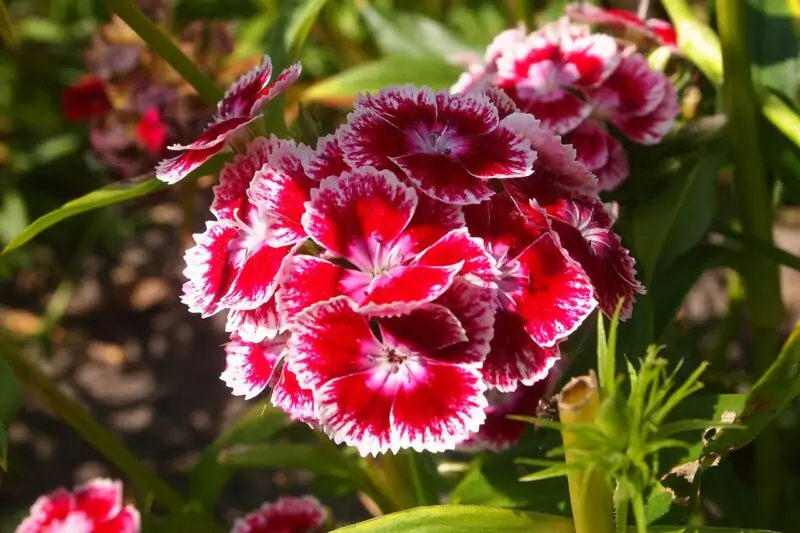
First up is the colorful Sweet William. It’s a favorite among garden enthusiasts, known for its vibrant clusters of red, pink, white, or bi-colored flowers. In its first growing season, it develops a strong rosette of leaves. Then, in the second season, it bolts up, offering beautiful flowers that are as sweet as its name.
Foxglove
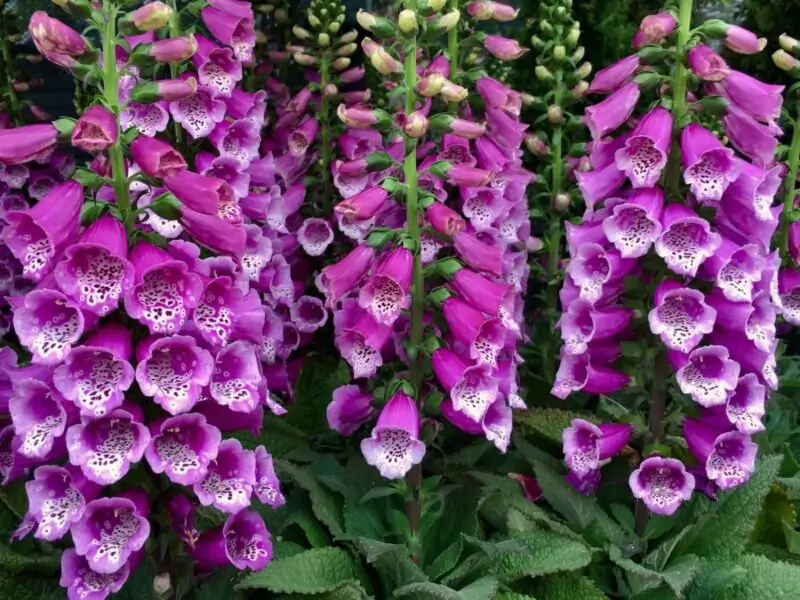
Next, we have the foxglove, a true biennial that graces gardens with tall, bell-like purple, pink, or white blooms. In the first year, it focuses on foliage growth, storing energy in its roots. By the second year, it shoots up a towering spike adorned with pendulous, tubular flowers that are truly a sight to behold.
Money Plant
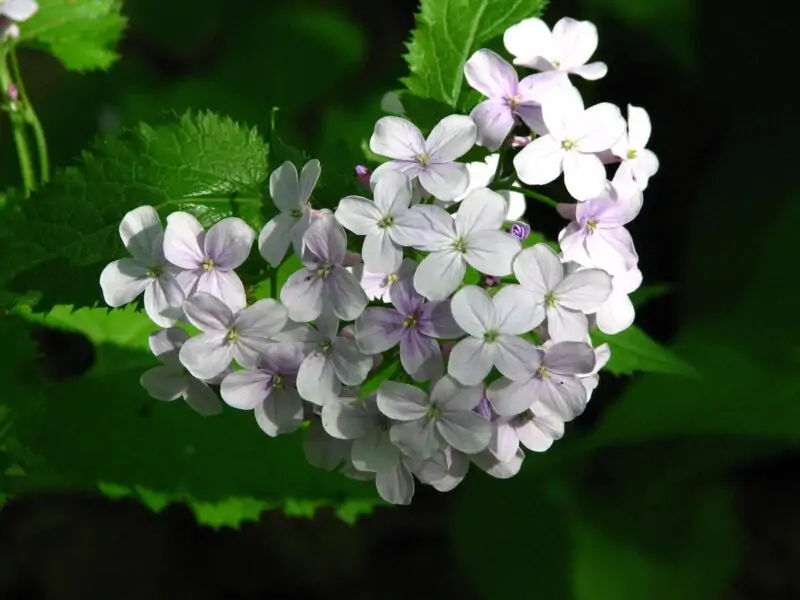
The money plant, also known as Lunaria or honesty, is an intriguing biennial. In its first year, it grows as an unassuming clump of leaves. However, the magic happens in the second year when it shoots up stalks of white or purple flowers. After flowering, it develops coin-shaped seed pods, hence its common name. It’s truly like a small treasure growing in your garden!
Black-eyed Susan
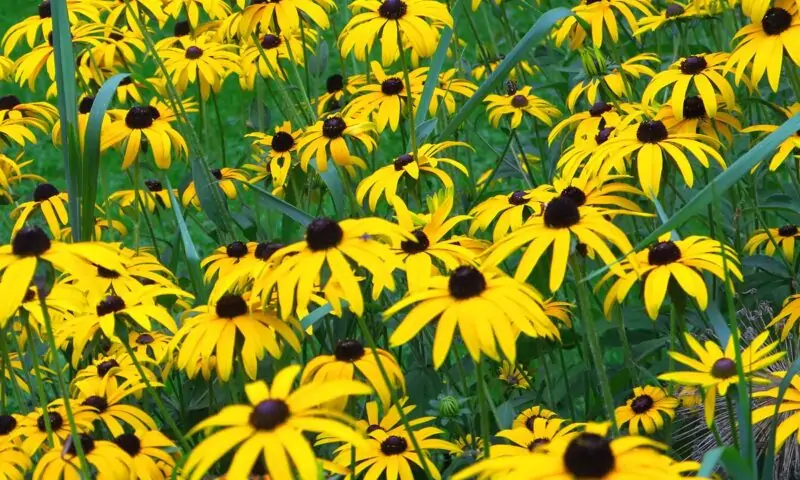
The black-eyed Susan is another enchanting biennial that you’ll often spot in sunny borders. It brings a burst of color with its vibrant, daisy-like yellow flowers featuring dark centers, hence the name ‘black-eyed’. They grow low to the ground in their first year, and in their second, they stand tall and bloom profusely.
Parsley
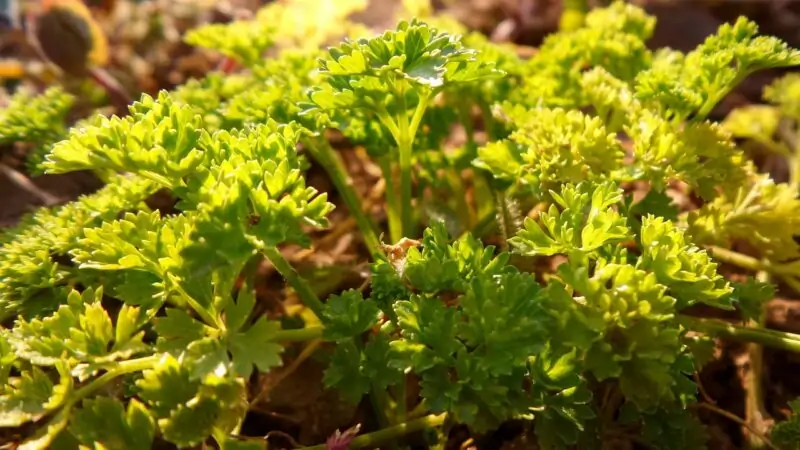
Surprise! Parsley is not just an annual herb used to flavor your meals but a biennial plant. In its first year, it produces a rosette of curly or flat, deep green leaves. In the second growing season, it blooms delicate white or yellow flowers that attract beneficial insects to your garden.
Hollyhock
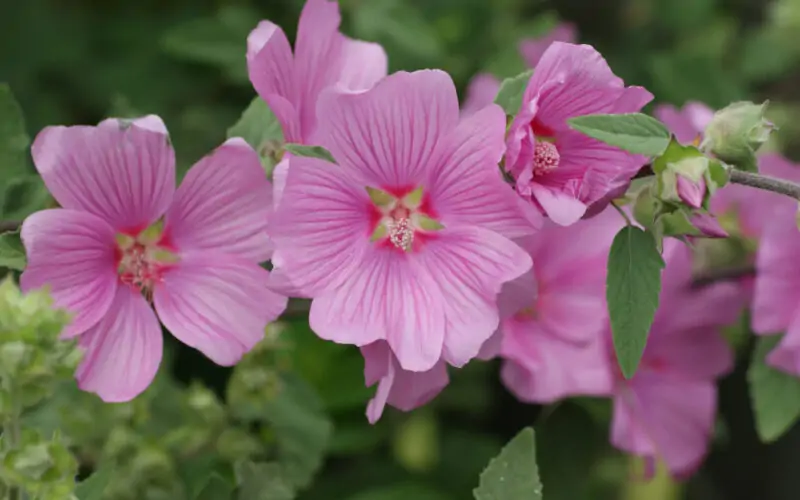
Hollyhocks are remarkable biennial plants, often grown as short-lived perennials. They exhibit a grandeur that’s hard to ignore, with stalks of colorful flowers reaching up to 8 feet in height. In the first year, they produce a cluster of leaves, but the real show starts in the second year when the tall spikes of blossoms emerge.
Canterbury Bells
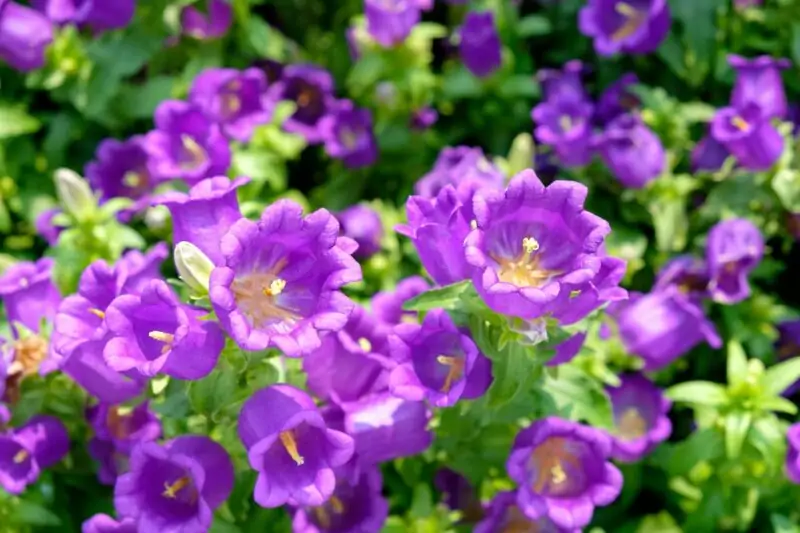
Canterbury bells are stunning biennials, blooming in an array of pink, white, lavender, or blue bell-shaped flowers in their second growing season. They spend their first year developing a low rosette of leaves, and in the second, they tower up with their bell-shaped flowers creating a spectacular sight.
Evening Primrose
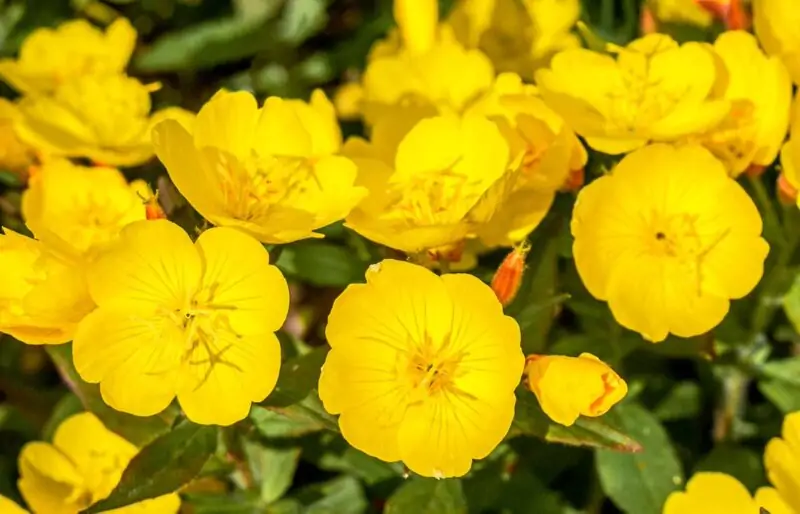
Evening primrose is a biennial plant worth noting. Its yellow flowers are designed to open at night, attracting pollinators with their sweet fragrance. In addition to its beautiful blooms, parts of this plant, such as its roots and leaves, are edible and often used in traditional medicine.
Wallflower
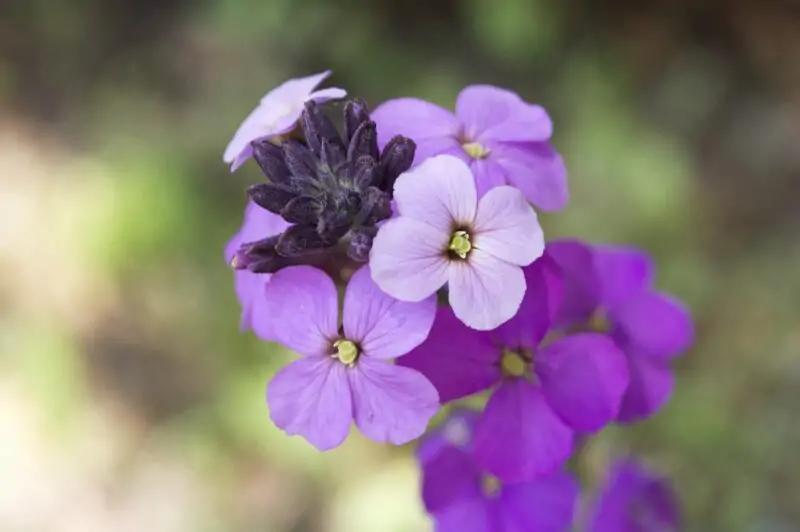
Wallflowers are delightful biennial plants, well-loved for their profuse and aromatic springtime blooms. They usually spend the first year as low, leafy clusters, and in the second year, they produce vibrant flowers in shades of orange, yellow, red, or purple. Their sweet, honey-like scent can be a charming addition to your garden.
Dame’s Rocket
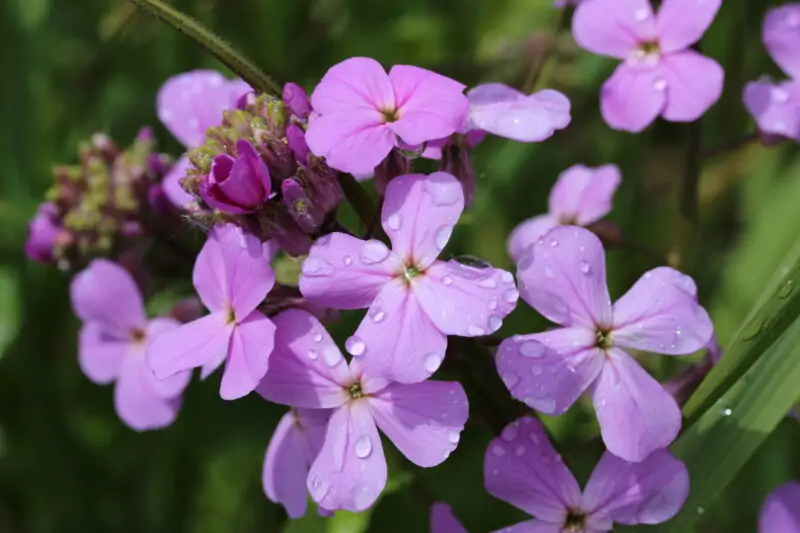
Lastly, we have Dame’s Rocket. This biennial is often found growing wild, featuring clusters of white, pink, or purple flowers that bloom in late spring or early summer of the second year. Its four-petaled flowers and tall, leafy growth habit can add a touch of wilderness to your garden landscape.
Biennial Plants at the Garden Center
Shopping for biennials at the garden center can be a delightful experience. Most centers offer a range of vegetable or flower seedlings that are already in their second growing season, which means they’re all set to bloom in the first year they’re in your garden. However, it’s crucial to understand a little about their needs and growth habits for successful gardening.
Tips for Selecting Healthy Biennial Plants
Remember, a biennial plant’s growth focuses on food storage in the first year and uses that stored energy for its bloom in the second year. Look for plants that have a healthy rosette of leaves. These leaves are the plant’s food factories, and a strong rosette indicates a good food storage system, ensuring a brilliant bloom time.
Understanding Label Information for Biennials
Biennial and perennial plants often share space at the garden center. Don’t be surprised to find plants labeled as ‘biennial/perennial’. This labeling typically means that the plant is biennial, but it can regrow for several years under ideal conditions, behaving a bit like an annual. Take the time to understand this label information before you make your purchase.
FAQs
Annuals live fast and die young – they complete their life cycle in a single season. Biennials take a leisurely pace, needing two years to complete their life cycle. Perennials are the long haulers, living for at least three years and often much longer, offering you blooms year after year.
Identifying a biennial plant can be a bit tricky. In the first year, they mostly look like a rosette of leaves growing close to the ground. In the second year, they bolt, shooting up a stem and blooming. This two-year life cycle is a key identifying feature.
Biennial plants need conditions that allow them to overwinter or survive through a cold period. They usually prefer temperate climates where they can grow leaves in the first year, survive through the winter, and bloom in the second.
Growing biennial plants has its own charm. They often provide spectacular blooms and have a unique growth pattern that can add dynamism to your garden. Plus, many biennials are self-seeding. So, once you’ve grown them and they’ve set seed, they can reseed themselves, bringing new plants to your garden at the end of the season without extra effort.
Conclusion
And there you have it – the lowdown on biennial plants. What are biennial plants? Biennial plants are a type of flowering plant that completes its life cycle in two years. They differ from annual plants, which complete their life cycle in one year, and perennials, which live for multiple years. Biennial plants typically spend the first year growing leaves and roots, and then in the second year, they produce flowers, fruits, and seeds before eventually dying off. Some examples of well-loved biennial plants include foxgloves, hollyhocks, and parsley. Understanding the unique characteristics and life cycle of biennial plants can help you make informed choices for your garden, enabling you to cultivate these fascinating plants, save seeds at the appropriate time, and delight in their blossoms when they emerge. So, whether you’re a vegetable gardener or simply looking to add some vibrant colors to your landscape, familiarizing yourself with the distinctions between annuals, biennials, and perennials will greatly assist you in your gardening endeavors.